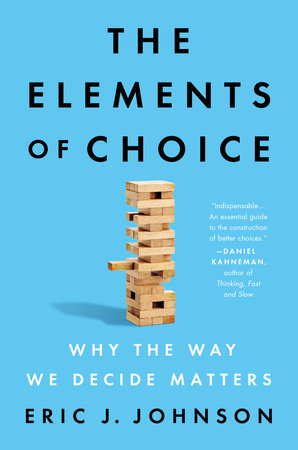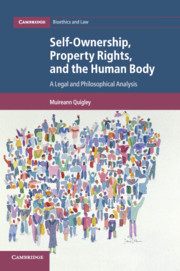Understanding the Soft Budget Constraint
The ‘softening’ of the budget constraint appears when the strict relationship between the expenditure and the earnings of an economic unit (firm, household, etc.) has been relaxed, because excess expenditure will be paid by some other institution, typically be the paternalistic State. The higher the subjective probability that excess expenditure will be covered by external assistance, the softer the budget constraint. The main focus of the paper is on the firm. There are several ways of ‘softening’ the budget constraint: subsidies, tax-exemptions, soft credits and so on. The softness weakens price responsiveness, leads to losses in efficiency and under certain conditions may generate excess demand. The paper examines the ‘soft budget constraint’ syndrome in Hungary, Yugoslavia, and China, i.e. in the economies pioneering in the introduction of market-oriented decentralization reforms. Socialist economies exhibit a rather extreme degree of this phenomenon, which to a lesser degree can be observed in mixed economies as well.
Janos Kornai coined the term "soft budget constraint" and it remains as a nowadays concept. Now that Janos passed away it is a good moment to remember its impact, also in health policy.













